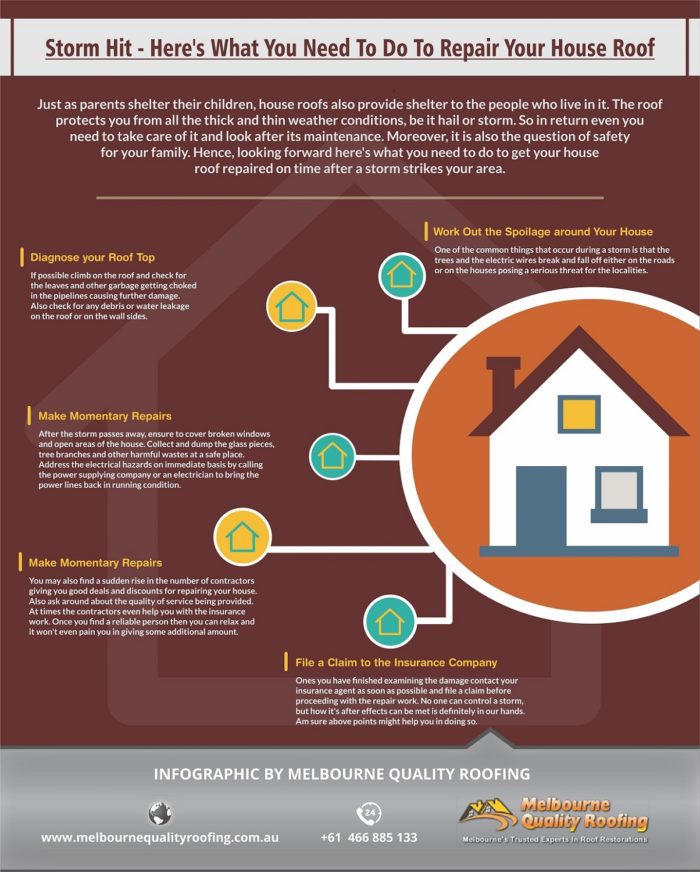The Evolution Of Solar Energy: Expectations For The Sector In The Upcoming Years
The Evolution Of Solar Energy: Expectations For The Sector In The Upcoming Years
Blog Article
Web Content Written By-Buch Scarborough
As you ponder the future of solar energy, visualize a landscape where technology and sustainability assemble. The coming years hold the guarantee of substantial improvements in solar modern technology, reshaping the market as we know it. With performance gains and cost decreases on the horizon, the possibility for solar energy to transform our energy landscape is immense. Remain tuned to uncover just how these growths will form the future of renewable resource and move us towards a greener tomorrow.
Technological Developments in Solar Panels
Solar panels have witnessed impressive technical innovations recently. One substantial renovation is the boost in performance, enabling solar panels to convert sunshine right into electrical power better. This has been accomplished with innovations in materials and style, making solar power a much more viable and competitive option for renewable resource resources.
An additional crucial growth is the reduction in prices connected with production and installing solar panels. As modern technology has progressed, production procedures have come to be much more streamlined, bring about reduced costs for customers. In addition, the durability and lifespan of photovoltaic panels have boosted, making them a more lasting and lasting financial investment.
Innovations in energy storage space technology have actually likewise played an essential duty in improving the performance of solar panels. Batteries and other storage space services have ended up being much more efficient and budget-friendly, enabling individuals to save excess energy generated during the day for usage in the evening or throughout durations of reduced sunshine.
Raised Adoption in Various Industries
With the demand for sustainable power solutions on the rise, numerous sectors are progressively incorporating solar power systems into their operations. Companies in sectors such as production, agriculture, and transportation are leveraging solar energy to decrease their carbon impact and operating costs.
In production, photovoltaic panels are being mounted on roofs to power machinery and illumination, bring about substantial savings on electricity costs. Agriculture is additionally accepting solar energy by using it for irrigation systems and powering farm tools, thereby minimizing typical gas costs. Additionally, the transport market is adopting solar modern technology for billing electric lorries and lighting up car park.
The fad of boosted adoption of solar power across markets is driven by the need to be much more environmentally friendly and reduce reliance on non-renewable power resources. As https://cashglquz.blogdun.com/30823111/discover-the-effect-of-shielding-on-your-photovoltaic-panel-s-performance-and-gain-valuable-insights-on-just-how-to-enhance-their-power-outcome-for-optimal-outcomes continues to development and come to be more affordable, we can expect to see also more comprehensive integration of solar power systems in numerous markets in the coming years.
Policy Changes Driving Solar Growth
Embracing renewable energy resources is critical for sustainable growth in today's world. Policy changes play a considerable function in driving the development of solar energy. Federal governments around the world are executing different steps to advertise the adoption of solar power. https://www.wideopenspaces.com/van-build-cost-breakdown/ as tax obligation credit scores, rebates, and feed-in tariffs encourage people and companies to buy solar modern technology.
In addition, guidelines mandating a particular percent of energy to find from eco-friendly sources push utility firms to integrate more solar right into their energy mix. In addition, policies focusing on net metering enable solar customers to offer excess power back to the grid, making solar installations extra economically practical.
In some regions, sustainable portfolio criteria require a certain section of electrical energy to be produced from solar power, creating a steady demand for solar energy. These policy changes not just drive the growth of the solar industry yet also contribute to lowering carbon emissions and combating climate adjustment. By supporting and carrying out such policies, governments can speed up the change to a much more sustainable power future.
Conclusion
In conclusion, the future of solar energy looks brilliant with ongoing technical improvements, enhanced adoption across sectors, and helpful policy changes. With greater efficiency degrees, minimized prices, and boosted power storage space services on the horizon, solar energy is set to play a vital function in the global shift to a cleaner and more lasting energy future. Accept the potential of solar energy and be a part of the renewable energy change!
